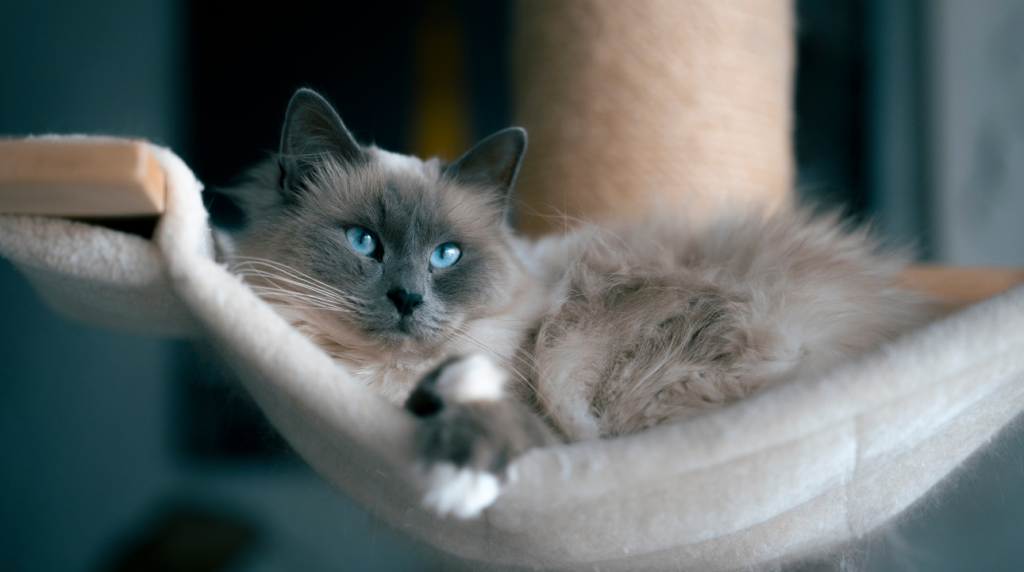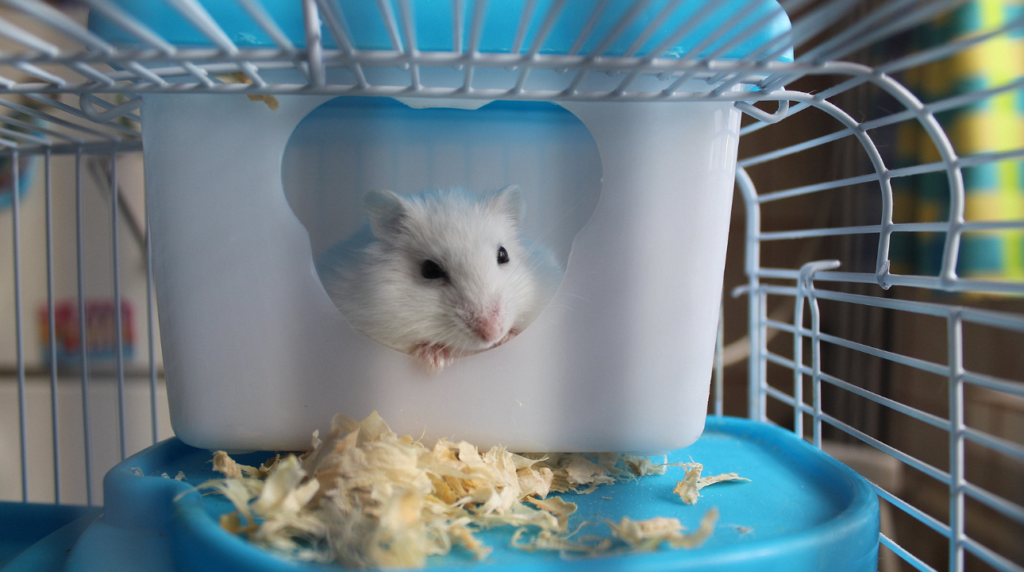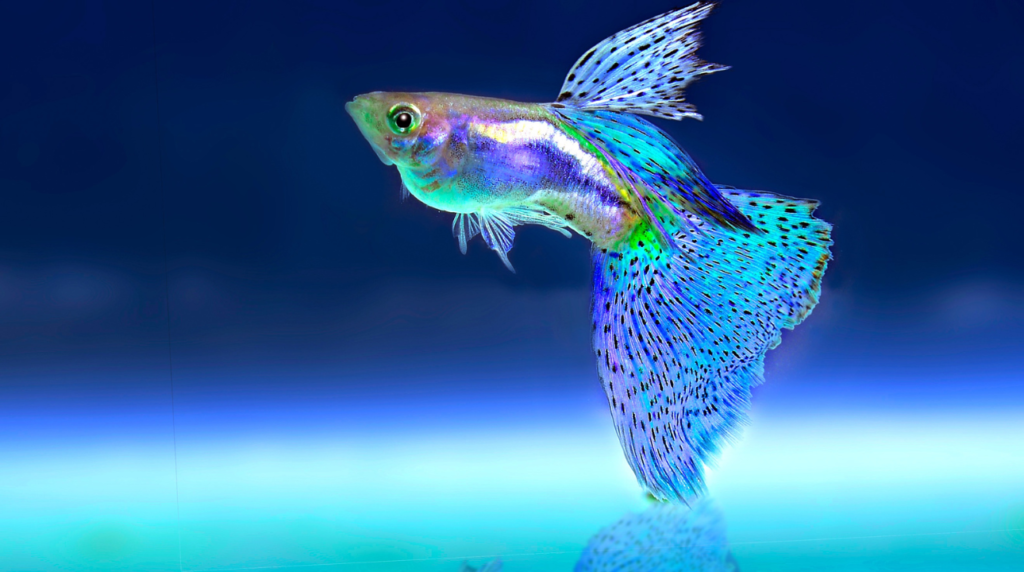Choosing the Right Pet for Kids
When we think about pets, we often imagine a home filled with love, joy, and fun. Pets become family members, bringing not only entertainment but also important lessons in responsibility, empathy, and care.
However, it is essential to choose suitable pets for kids, especially when children are involved. Not all animals are ideal for a family environment, and it’s crucial to find one that best fits the lifestyle and age of the child.
The Importance of Choosing the Right Pets for Kids
Pets for kids should be friendly, easy to care for, and preferably have a gentle temperament. In this article, we will explore five options for pets particularly suited for children, highlighting their characteristics, necessary care, and why they can be an excellent addition to your home.
1. Dogs

Dogs are very popular pets for kids, known for their loyalty and affection, and they are especially appreciated in homes with children. They provide constant companionship and protection, truly becoming family members.
Having a dog offers numerous emotional benefits for children, in addition to encouraging physical activity and the learning of responsibilities.
However, adopting a dog also requires a commitment of time, dedication, and expenses, such as walks, food, veterinary care, and toys, which can be a challenge for some families.
Advantages of Dogs as Pets for Kids
Companionship: Dogs create deep bonds with their owners, especially with children, offering unconditional love and constant companionship. This companionship strengthens family ties, helping children feel secure and nurtured while developing a sense of empathy and affection.
Physical Activity: Dogs are naturally active and require daily walks and play, which encourages children to be more active. Walking or playing with a dog becomes an opportunity for regular physical activity, promoting a healthy lifestyle for kids from an early age.
Learning Responsibility: Caring for a dog involves tasks such as feeding, walking, and looking after their health, teaching children about commitment and responsibility. This learning is essential for developing maturity and organization, fostering empathy for other living beings.
Disadvantages of Dogs as Pets for Kids
Time Commitment: Dogs require daily attention and time, which can be challenging for families with busy routines. Walks, playtime, and regular vet visits are crucial for the animal’s well-being, and everyone must be prepared for this commitment.
Cost: Keeping a dog involves costs for food, toys, vet visits, and hygiene items, along with extra expenses for unforeseen medical treatments. Having a pet for kids necessitates financial preparation to ensure they receive the necessary care and comfort.
Recommended Breeds
Golden Retriever: With a friendly and patient nature, the Golden Retriever is one of the favorite breeds for families with kids, as they love to play and adapt well to family environments.
Beagle: Energetic and affectionate, the Beagle is perfect for children who enjoy playtime. They are active and provide fun moments for the whole family, plus they are extremely loyal and loving.
Poodle: Intelligent and versatile, the Poodle easily adapts to different environments and is a great choice for families looking for a dog that interacts well with everyone and learns quickly.
2. Cats

Cats are popular pets for families with children, known for their independent yet affectionate nature. They offer an excellent option for homes that may not have as much time to care for a pet as they would for a dog.
Cats are loyal companions that adapt well to a quieter routine and still provide moments of affection and comfort.
Advantages of Cats as Pets for Kids
Independence: Cats are ideal for families who prefer a pet that requires less constant attention. They entertain themselves and can spend long periods alone, making them a great choice for those with busy schedules.
This independence allows children to appreciate the pet’s presence without needing constant interaction.
Low Maintenance: Unlike dogs, cats do not require daily walks, being naturally clean and able to care for their own hygiene. This behavior greatly simplifies management, especially for families seeking a low-maintenance pet.
Cats also adjust their schedules well, helping children learn to respect the animals’ time and space.
Affection: Although independent, cats are affectionate and can be great companions, especially at night when they like to sleep close to their owners.
This type of interaction provides emotional comfort for children and creates a strong, lasting bond with the pet.
Disadvantages of Cats as Pets for Kids
Allergies: Many people are allergic to cats, which can be a challenge in homes with children. Before adopting, it is important to check the family’s sensitivity to a cat’s presence, as allergens can cause discomfort and affect quality of life.
This care is crucial to ensure that everyone in the home can coexist happily with the new pet.
Variable Personality: Some cats have more reserved and even skittish temperaments, which may not be ideal for young children who want to play frequently.
This characteristic requires children to learn to respect the pet’s space, avoiding frustrations and potential scratches.
Recommended Breeds
Ragdoll: Known for their docile and affectionate nature, Ragdolls are ideal for homes with kids as they are calm and enjoy human contact. They adapt well to family environments, being friendly and relaxed.
Maine Coon: This is one of the largest cat breeds and is famous for its friendly and loving personality. The Maine Coon adapts well to families with kids, being a gentle and patient companion.
Persian: With a calm and affectionate personality, the Persian is ideal for families that prefer a more tranquil environment. They are gentle and enjoy being near their owners, offering excellent companionship for kids.

3. Hamsters
Small, cute, and relatively easy to care for, hamsters are a popular choice Pets for Kids, especially those experiencing their first pet. They occupy little space and can be kept in cages, making them ideal for apartments or smaller homes.
Furthermore, their curious and playful nature makes them fascinating to observe, providing learning and fun for the whole family.
Advantages of Hamsters as Pets for Kids
Easy to Care For Pets for Kids: Hamsters are low-maintenance Small, cute, and relatively easy to care for, hamsters are a popular choice Pets for Kids, especially those experiencing their first pet. They occupy little space and can be kept in cages, making them ideal for apartments or smaller homes. that require only a clean cage and a balanced diet to stay healthy and happy.
Their diet can include specific hamster food, fresh vegetables, and small amounts of fruit, making it a great way to introduce children to nutrition concepts. This simplicity allows kids to learn basic responsibility without significant difficulties.
Short Lifespan: The short lifespan of hamsters can be advantageous for those wishing for children to have a first experience with a pet without a long-term commitment.
Typically, hamsters live for about 2 to 3 years, allowing kids to experience the responsibility of caring for an animal without a bond that lasts a decade or more. It’s a way to introduce responsibility for an animal temporarily and educationally.
Entertainment: Hamsters love to run on their wheels and interact with toys in their cage, providing fun and visual stimulation for children. Observing these playful moments keeps kids interested and offers opportunities for family fun.
Additionally, creating an enriched environment in the cage with tunnels and toys can encourage exercise and exploration, further enhancing the enjoyment.
Disadvantages of Hamsters as Pets for Kids
Short Lifespan: The brief life expectancy of hamsters can be emotionally challenging for children, especially if they form a strong emotional bond with the animal.
This characteristic, while delicate, also teaches about the cycle of life and the importance of valuing the time spent with pets. Parents should be ready to talk about the death of a pet and how to cope with the loss.
Nocturnal: Hamsters are more active at night, which can cause noise if the cage is in a child’s bedroom, interfering with sleep. To avoid this situation, it is advisable to place the cage in a space where nighttime activity does not disrupt.
Alternatively, parents can use transport boxes or isolated structures to minimize noise, ensuring hamsters still have space to exercise and play.
Pets for Kids-Recommended Species
Syrian Hamster: This is the largest and friendliest species, ideal for kids due to its calm temperament and easy handling. They generally adapt well to human contact and can be taught to perform simple tricks, such as returning to their cages when called.
Dwarf Hamster: Smaller and more energetic, the Dwarf Hamster is suitable for older children who can handle its agility and active behavior.
This species, including varieties like Roborovski and Campbell, is known for its social nature and can even be kept in pairs, as long as they are the same species, providing additional interaction that can be fascinating to observe.
4. Fish– Pets for Kids

Fish are an excellent choice for pets for kids, especially those starting to learn about responsibility. With their beauty and variety of colors, they can bring a vibrant and relaxing touch to the family environment.
Moreover, maintaining an aquarium can be an educational activity that teaches about aquatic life and the importance of preserving ecosystems.
Advantages of Fish as Pets for Kids
Calming Effect: Watching fish swim can have a soothing effect and help reduce stress for both kids and adults. This activity can be particularly beneficial for children facing anxiety or having trouble relaxing.
The simple act of looking at an aquarium can create a serene home environment, favoring moments of calm and contemplation.
Education: Caring for fish can teach children about aquatic ecosystems, the importance of a balanced diet, and the necessary care to maintain a healthy aquarium.
This hands-on experience offers an opportunity to learn about biology and responsibility, while also helping kids develop observation and care skills for living beings.
Interacting with the aquatic environment can also spark an interest in natural sciences.
Space Efficient: Fish require little space, making them a great option for those living in apartments or with space limitations.
An aquarium can be placed on a table or shelf, providing a practical solution for those who want a pet without needing large areas. This versatility is ideal
5. Pets for Kids–Rabbits

Rabbits are soft, friendly pets that can be a great choice for kids who want a more interactive pet.
Their playful and curious nature makes them fascinating companions that can bring joy to the family. Additionally, they can be trained to perform tricks and use a litter box, similar to cats.
Advantages of Rabbits as Pets for Kids
Affectionate Nature: Many rabbits are known for their affectionate behavior, enjoying cuddles and interactions with their owners. This characteristic helps create a strong bond between kids and their pets, providing comfort and emotional support.
Litter Training: With some patience and training, rabbits can be litter-trained, simplifying the care routine for families. This process teaches children about responsibility and proper pet care, fostering empathy and understanding of their pet’s needs.
Space for Exploration: Rabbits enjoy hopping around and exploring, making them entertaining pets. They can adapt well to indoor spaces and enjoy supervised playtime outside their cages.
This activity encourages children to engage in active play with their pets, promoting physical activity for both.
Disadvantages of Rabbits as Pets for Kids
Space Requirement: While rabbits can be kept indoors, they require space to hop and explore. A safe environment is essential for them to thrive, which may necessitate creating a specific area for play and exercise.
Families should be ready to provide enough room for their new pet to avoid a cramped living situation.
Health Issues: Rabbits are prone to specific health problems, such as dental issues and digestive problems, which can require regular veterinary visits.
Parents should ensure they are prepared for potential medical needs to keep their rabbit healthy, teaching children about health care and its importance for animals.
Recommended Breeds
Holland Lop: This small breed is known for its gentle temperament and playful nature. They adapt well to family life and are friendly, making them great companions for kids.
Mini Rex: Mini Rex rabbits are affectionate and friendly, with soft fur that is enjoyable to pet. They are good with children and adapt well to various living environments.
Netherland Dwarf: This breed is small and lively, perfect for families looking for an active companion. Their playful personality brings joy to households and encourages interaction between kids and pets.
In short, choosing the right pet for your child is a decision that can positively impact family dynamics and your child’s personal development.
Each type of animal offers a unique combination of benefits and challenges, providing valuable opportunities for learning about responsibility, empathy, and caring.
By involving children in the process of selecting and caring for their new family member, you will not only strengthen the bond between them and the animal, but also encourage a deep connection with nature.
With the right choice, a pet can become a loyal friend, a life teacher, and a constant source of joy and love for the entire family.
